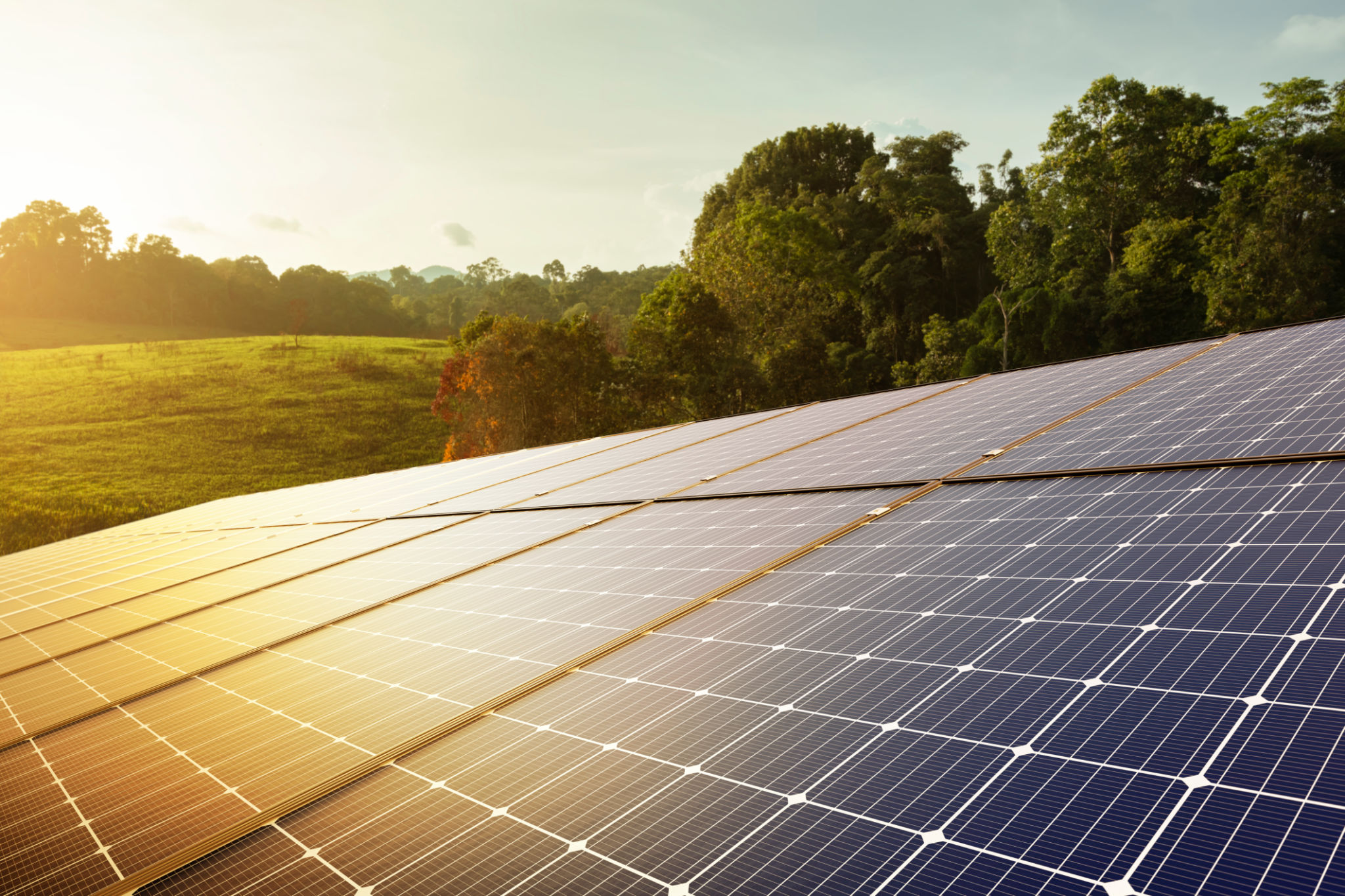How Drones Enhance Summer Heat Monitoring for Solar Panels
Introduction to Drones in Solar Panel Monitoring
As the world increasingly turns to renewable energy sources, the use of solar panels has skyrocketed. However, maintaining the efficiency of these panels, especially during the scorching summer months, is crucial. This is where drones come into play. Drones are revolutionizing the way we monitor and maintain solar panels by providing a cost-effective and efficient solution.
Drones equipped with thermal imaging cameras can quickly identify panels that are overheating or malfunctioning. This proactive approach allows for timely maintenance, ensuring that the solar panels operate at optimal efficiency.

The Importance of Heat Monitoring
During summer, solar panels are exposed to intense heat, which can lead to overheating and reduced efficiency. Continuous heat monitoring is essential to prevent potential damage and ensure maximum energy output. Traditional methods of monitoring can be labor-intensive and time-consuming, but drones offer a modern solution.
By using drones for heat monitoring, energy companies can gather data in real-time. This data helps in understanding which areas need attention and allows for swift action to prevent any loss in energy production.
Benefits of Using Drones
The benefits of using drones for heat monitoring are numerous. Firstly, drones provide rapid inspections. They can cover large areas quickly and access hard-to-reach places without the need for scaffolding or ladders. This speed and accessibility significantly reduce inspection times.
- Cost-effectiveness: Reduces the need for manual inspections.
- Accuracy: Provides precise data on panel performance.
- Safety: Minimizes the risk of accidents associated with manual inspections.

How Drones Work in Monitoring
Drones used in solar panel monitoring are typically equipped with advanced sensors and cameras that capture detailed thermal images. These images can reveal hotspots, which indicate possible faults or inefficiencies in the solar panels. By identifying these issues early, maintenance teams can address them before they escalate into bigger problems.
The data collected by drones is often processed using sophisticated software that provides detailed insights into the condition of the solar panels. This information is vital for making informed decisions about maintenance and repairs.
Comparing Traditional Methods with Drone Technology
Traditional methods of monitoring solar panels often involve manual inspections, which can be both labor-intensive and costly. Additionally, these methods may not always provide comprehensive data, leading to potential oversight of issues.
In contrast, drones offer a more comprehensive solution. They can capture high-resolution images and videos, providing a complete view of the solar farm. This technology ensures that even the smallest issues are detected and addressed promptly.

Future Prospects of Drone Technology
The use of drones in solar panel monitoring is expected to grow as technology advances. Future drones could be equipped with even more sophisticated sensors, offering enhanced capabilities such as predictive maintenance and automated reporting. These advancements could further improve the efficiency and longevity of solar panels.
As more companies adopt this technology, we can expect a significant reduction in operational costs and an increase in energy output. This shift not only benefits businesses but also contributes to a more sustainable future.
Conclusion
In conclusion, drones are playing an increasingly vital role in enhancing summer heat monitoring for solar panels. Their ability to quickly and accurately detect issues ensures that solar panels remain efficient and operational throughout the peak summer months.
With ongoing advancements in drone technology, the future looks bright for renewable energy maintenance. By embracing these innovations, we are not only optimizing energy production but also moving towards a greener planet.